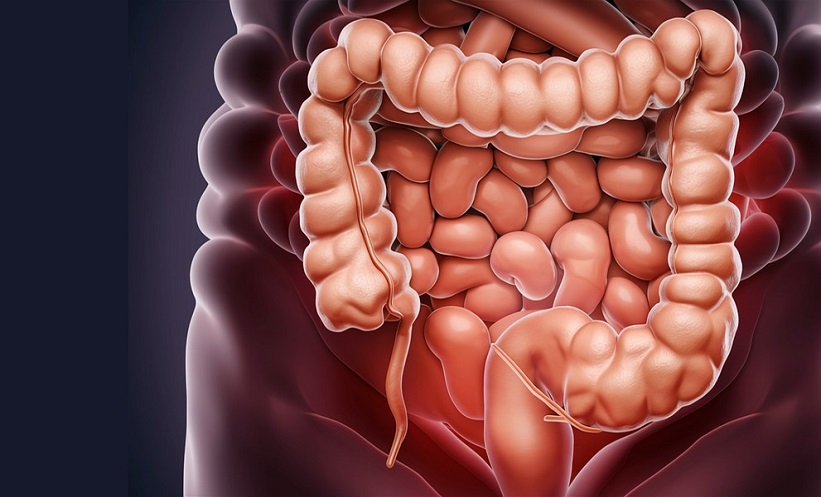A NOVEL study from the USA presented at the Radiological Society of North America (RSNA), reveals significant structural and functional brain alterations in individuals suffering from opioid use disorder (OUD). The findings could pave the way for improved treatments for this devastating condition, which has been described as a global epidemic.
Researchers used functional magnetic resonance imaging (fMRI) and structural MRI to investigate brain changes in individuals with OUD. Analysing data from the NIH-funded Collaboration Linking Opioid Use Disorder and Sleep (CLOUDS) study, the team examined brain scans from over 200 participants. Their findings highlight how OUD alters brain volume and connectivity, particularly in regions involved in memory, decision-making, and emotional regulation.
“We observed widespread increases in global connectivity in individuals with the disease,” the authors stated. “Our goal is to better understand what could have caused these alterations to inform new treatment targets.”
The study showed that individuals with OUD had smaller thalamus and right medial temporal lobe volumes, while the cerebellum and brainstem were larger than those in healthy controls. Additionally, brain regions exhibited heightened functional connectivity, suggesting disrupted neural network regulation.
Significantly, the research revealed gender differences, with women showing smaller medial prefrontal cortex volumes compared to men. These findings may inform tailored therapeutic strategies.
Tensor-based morphometry analysis supported the results, revealing widespread volume differences between OUD patients and controls. Lower volumes were observed in the thalamus, caudate, orbitofrontal cortex, and medial temporal lobe, while larger volumes were found in the cerebellum, brainstem, insula, and other areas.
The team emphasised the urgency of addressing the opioid crisis, noting, “We are in the midst of an opioid epidemic, with more than 80,000 overdose deaths in the USA last year alone. Understanding system-level neural alterations is essential for developing effective treatments.”
Experts in the field have praised the study, calling it “a vital step towards exploring interventions to mitigate or reverse these brain changes.” They highlighted the potential for such therapies to improve recovery outcomes for individuals with OUD.
The findings provide hope for the millions affected by the opioid epidemic, offering a scientific foundation for innovative treatment approaches that address the neural underpinnings of addiction.
Reference
Mehta S et al. alterations in volume and intrinsic resting-state functional connectivity detected at brain MRI in individuals with opioid use disorder. Radiology. 2024;313(3):e240514.








